Culture of Guatemala, Guatemala, a country located in the heart of Central America, is a land of rich cultural traditions and natural beauty. Its culture is a dynamic tapestry woven from the threads of history, indigenous heritage, European influence, and a blend of customs from the diverse communities that call the country home. From the mesmerizing sounds of marimba to the flavours of Guatemalan cuisine, this Central American nation offers a captivating blend of tradition, innovation, and a people marked by their resilience and love for their homeland.
Historical Roots:
Guatemala’s cultural heritage is deeply rooted in its historical past. Before the arrival of Spanish conquistadors in the early 16th century, the region was home to a rich tapestry of indigenous civilizations, including the Maya, Xinca, and Garifuna. The ancient Maya civilization, with its advanced architecture, mathematics, and hieroglyphic writing, left an enduring mark on the country, and its cultural legacy continues to shape Guatemala’s identity.
Spanish colonization during the early colonial period introduced Catholicism, the Spanish language, and European customs to the region, profoundly impacting the country’s culture and traditions. Guatemala’s fight for independence in the 19th century is a celebrated historical moment that defines the nation’s identity.
Cultural Diversity:
Guatemala’s cultural diversity is enriched by its geographic variety. The country’s landscapes range from the towering volcanoes of the highlands to the dense rainforests of the Petén region, and from the pristine lakes like Lake Atitlán to the picturesque coastlines along the Pacific and Caribbean. These diverse environments have nurtured a wide array of customs, traditions, and ways of life.
The population of Guatemala is primarily mestizo, with a mixture of indigenous and Spanish heritage. Indigenous communities, such as the K’iche’, Kaqchikel, and Q’eqchi’, maintain their languages, traditions, and customs. The country’s rich African heritage is especially pronounced along the Caribbean coast, where the Garifuna community contributes to the cultural tapestry.
Guatemalan culture is a harmonious coexistence of indigenous, European, and African influences, creating a society marked by its multiculturalism and respect for diverse traditions.
Music and Dance:
Music and dance are central to Guatemalan culture. The marimba, a wooden xylophone-like instrument with African origins, is the national musical symbol of Guatemala. Its mesmerizing melodies are played at various celebrations and gatherings, adding a distinct and vibrant sound to the country’s music scene.
The traditional dance of the marimba is known as the “Son de la Tecomates.” Dancers move to the rhythmic beats of the marimba, showcasing the influence of African rhythms and indigenous traditions.
The cumbia, a popular genre of dance music with African and indigenous influences, is celebrated throughout the country. The dance is known for its lively and infectious rhythm and is a staple at various festivals and celebrations.
Cuisine:
Guatemalan cuisine is a reflection of the country’s history, geography, and cultural diversity. The cuisine is marked by the use of staples such as corn, beans, and rice. A traditional Guatemalan dish is pepián, a hearty stew made with a variety of meats and spices, often served with rice and tortillas.
Tamales, wrapped in banana leaves or corn husks and filled with a mixture of meat, vegetables, and spices, are a popular snack and an essential part of Guatemalan cuisine. Street food vendors often offer chuchitos, smaller versions of tamales, as a delicious and quick treat.
The country’s coastal regions are known for their seafood dishes, with ceviche, a preparation of fresh fish or seafood marinated in citrus juices, being a favourite among locals and visitors alike.
Art and Craftsmanship:
Guatemalan visual arts and craftsmanship reflect the country’s history and cultural heritage. Indigenous communities create intricate textiles, pottery, and crafts, often featuring vibrant colours and traditional designs. The town of Chichicastenango is famous for its indigenous markets, where visitors can find a wide array of artisanal products, including textiles, masks, and traditional clothing.
In contemporary art, Guatemalan artists like Carlos Mérida and Roberto González Goyri have made significant contributions to the global art scene. Their works often explore themes of cultural identity, spirituality, and social issues, drawing inspiration from the country’s natural beauty and diverse heritage.
Festivals and Traditions:
Guatemala hosts a variety of festivals and traditions that celebrate its cultural richness and diverse indigenous communities. The Feast of Santo Tomás in Chichicastenango, celebrated in December, is a unique blend of Mayan and Catholic traditions, featuring colourful processions, music, and dance.
Semana Santa (Holy Week) is one of the most important religious celebrations in Guatemala. It includes elaborate processions, street carpets made of coloured sawdust and flowers, and reenactments of biblical events. The city of Antigua, with its well-preserved colonial architecture, is a renowned destination for this event.
The K’iche’ Mayan tradition of the Nahual is a cultural practice that involves determining a person’s destiny based on their birth date and the associated animal spirit. It is an example of the continued influence of indigenous customs on Guatemalan society.
Languages and Literature:
The official language of Guatemala is Spanish, and the country has a rich literary tradition. Authors like Miguel Ángel Asturias, who won the Nobel Prize in Literature in 1967, and Rigoberta Menchú, an indigenous K’iche’ woman and Nobel laureate, have made significant contributions to world literature. Their works often delve into themes of social justice, indigenous rights, and the complex realities of Guatemalan society.
Natural Beauty and Outdoor Activities:
Guatemala’s diverse geography offers numerous opportunities for outdoor activities and exploration. The country’s stunning landscapes, including active volcanoes, lush rainforests, and pristine lakes, make it a paradise for nature enthusiasts. Hiking, trekking, and climbing in the highlands are popular activities, with destinations like Lake Atitlán and the Pacaya Volcano being renowned for their natural beauty and adventure opportunities.
The Petén region, with its extensive Maya archaeological sites and dense rainforests, provides a unique and immersive experience for history and nature lovers. Bird watching, wildlife observation, and eco-tourism are also popular activities in the country.
Challenges and Opportunities:
Guatemala has faced various challenges, including social inequality, economic disparities, and political issues. Nevertheless, the country has made significant progress in areas like education, healthcare, and economic development. Its diverse culture, rich traditions, and stunning landscapes provide opportunities for tourism, cultural exchange, and economic growth.
In conclusion, Guatemalan culture is a vibrant tapestry of heritage, diversity, and resilience. The fusion of indigenous, Spanish, and African influences has created a society that values its mixed heritage and celebrates it through music, dance, cuisine, and visual arts. Guatemalans are marked by their love for their homeland, their respect for the natural world, and their deep connection to their unique identity and traditions. Despite challenges, Guatemalan culture remains a testament to the resilience and creativity of its people, offering a captivating glimpse into a nation that continues to cherish its heritage and natural beauty.


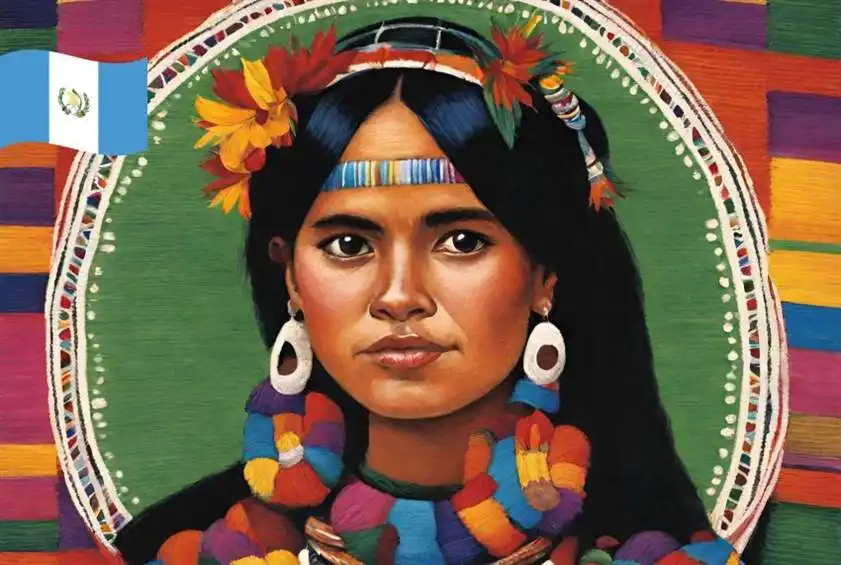
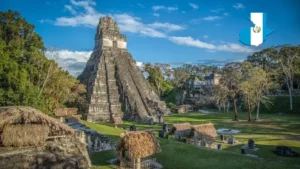
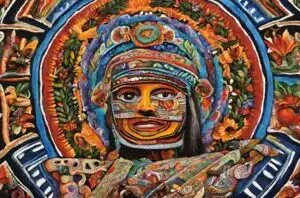
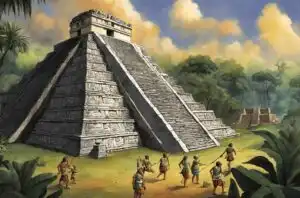
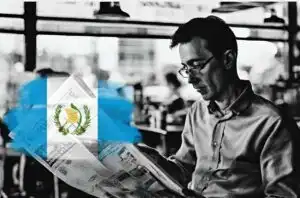

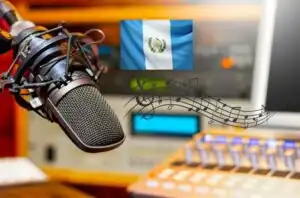
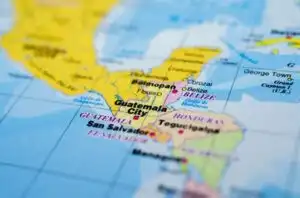

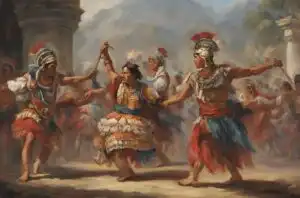
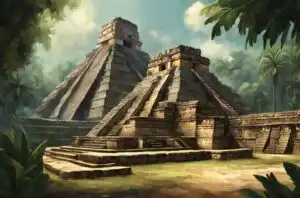
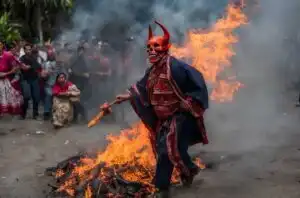
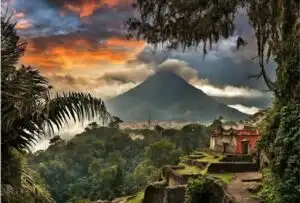




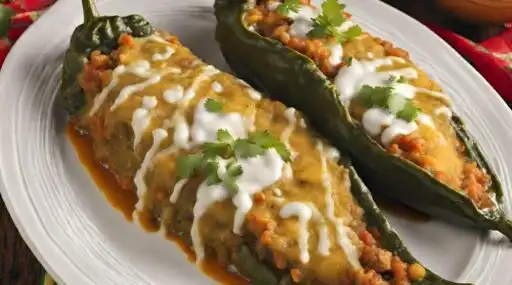
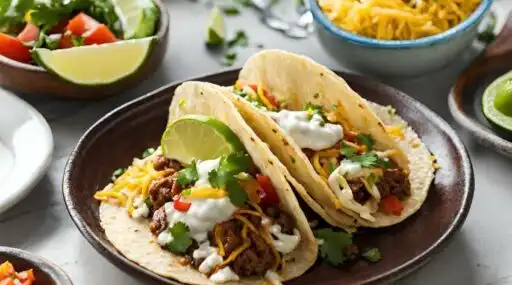
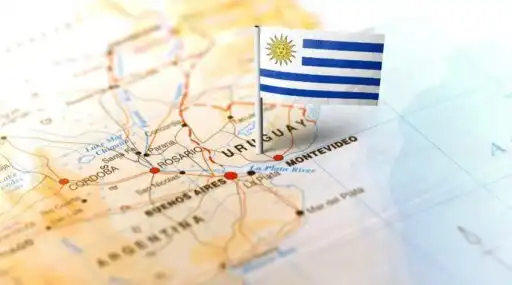


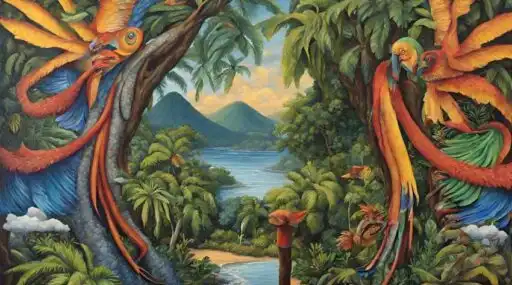

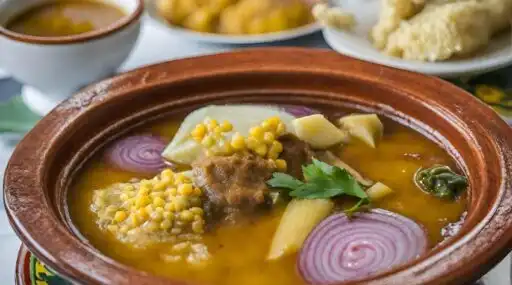

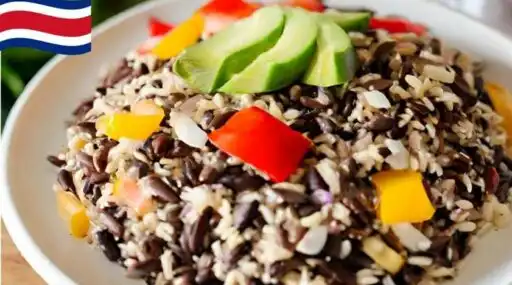
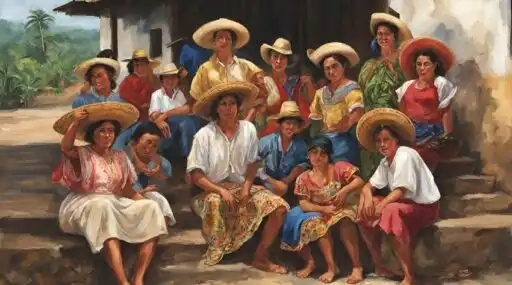
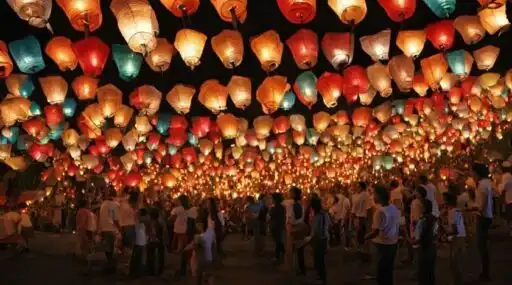
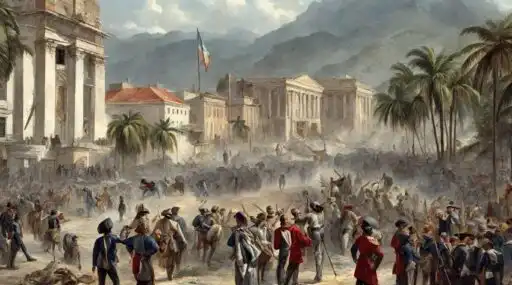



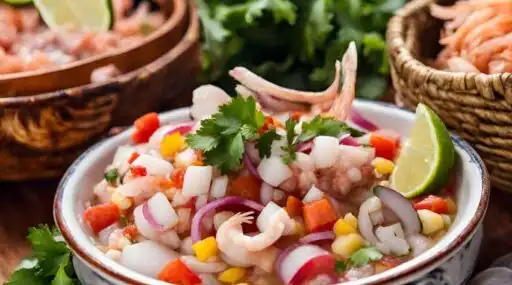



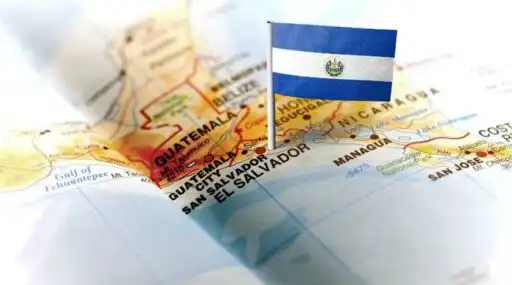
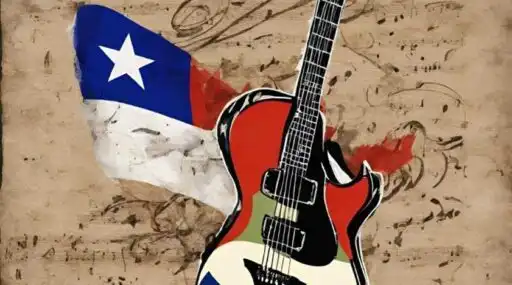


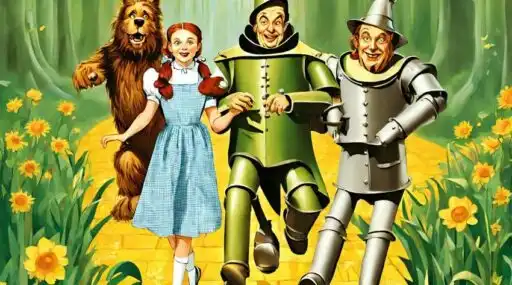
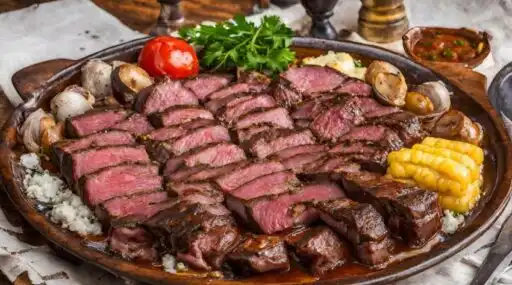
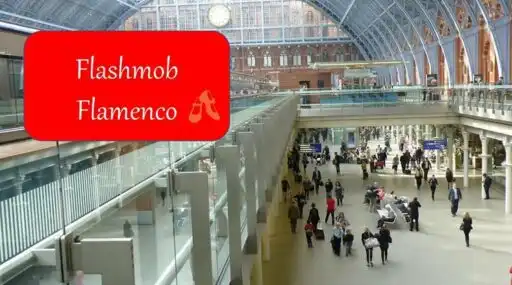
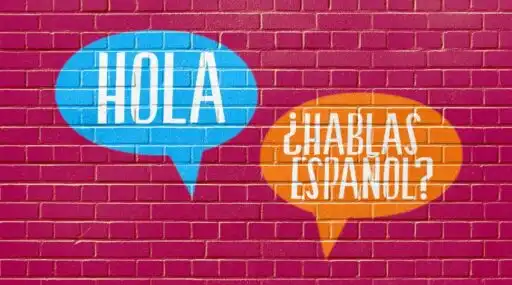
Leave a Reply